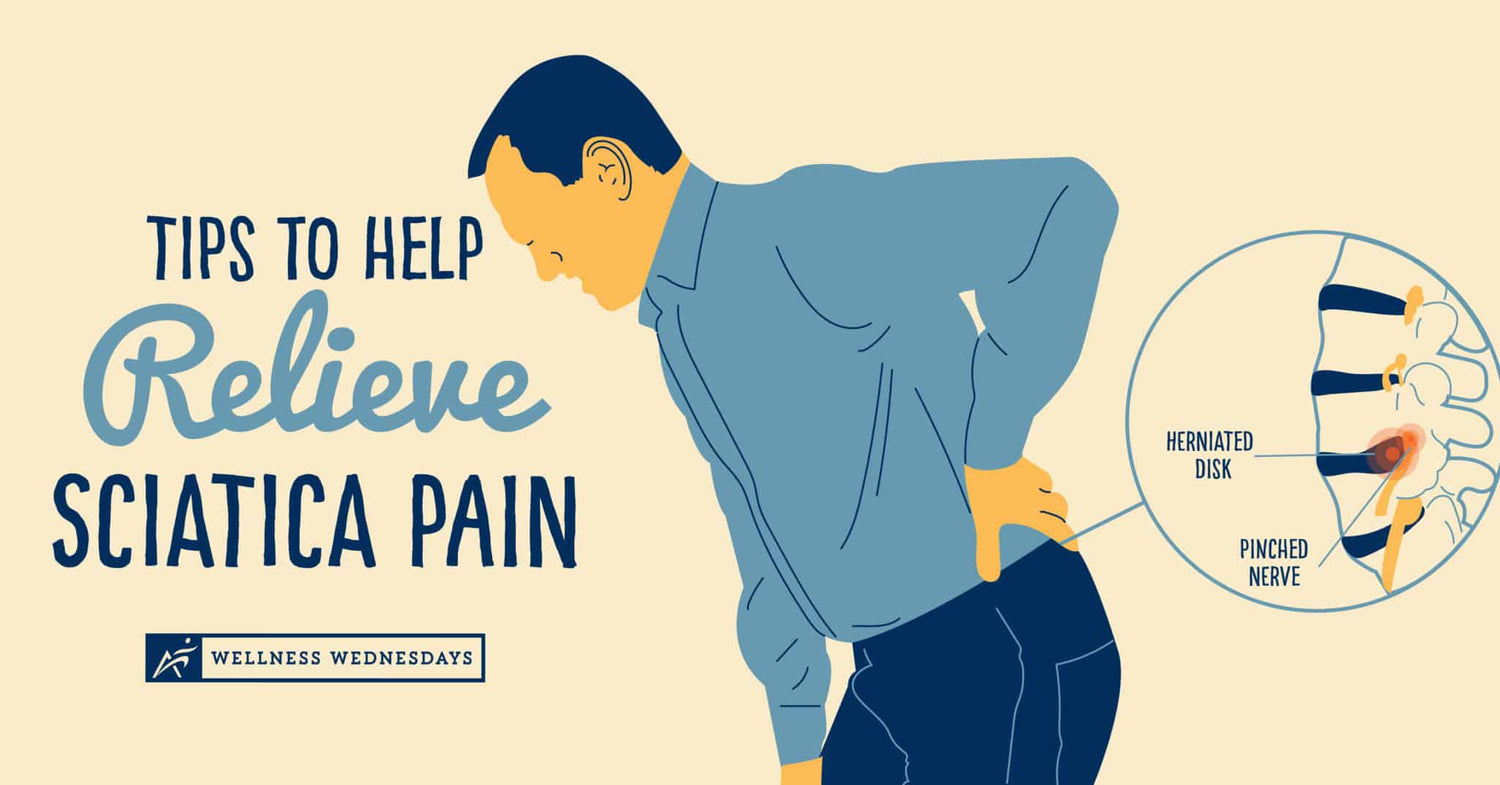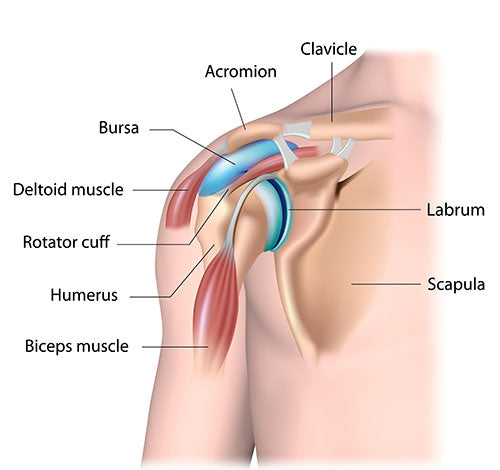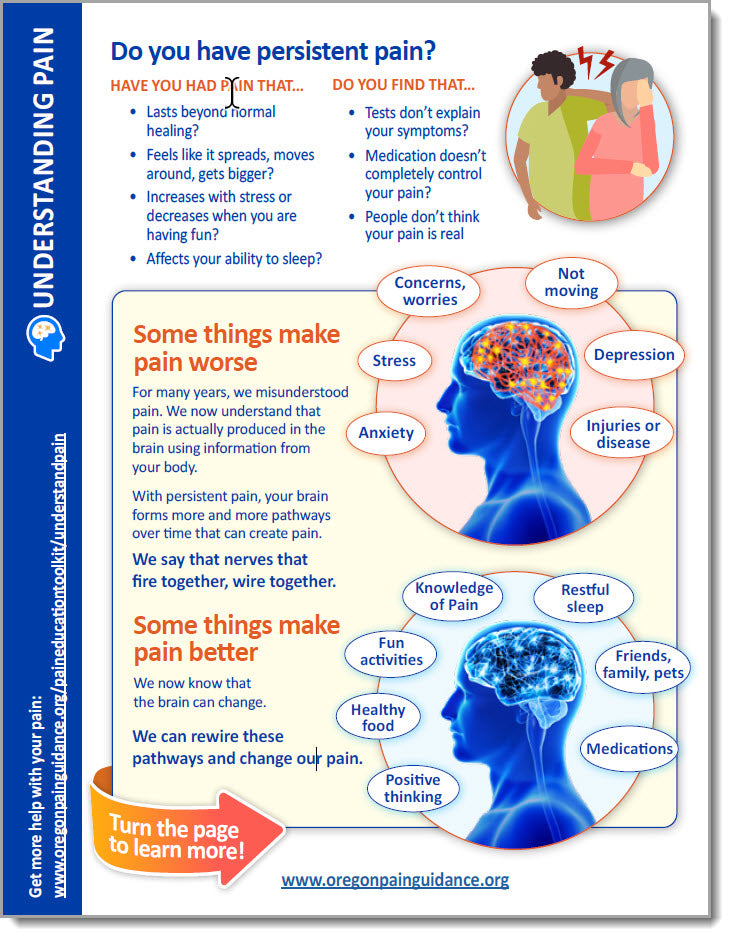Effective Strategies to Manage Your Sciatica Pain Today
Sciatica pain can be debilitating and greatly affect your quality of life. It is important to find effective strategies to manage your pain and improve your overall well-being. In this article, we will explore various techniques and treatments that can provide relief and help you regain control over your symptoms. Whether it's through medication, physical therapy, lifestyle changes, or alternative therapies, there are options available to help you find relief from sciatica pain.
Key Takeaways:
- Managing sciatica pain requires finding effective strategies.
- Options include medication, physical therapy, lifestyle changes, and alternative therapies.
- Diagnosis and tests may be needed to identify the underlying cause of the pain.
- Treatment options range from self-care measures to surgery.
- Lifestyle and home remedies, such as cold and hot packs, stretching, and over-the-counter medications, can provide relief.
Diagnosis and Tests for Sciatica Pain
Diagnosing sciatica pain involves a thorough physical examination by a healthcare provider. It is important to assess muscle strength, reflexes, and specific movements that may worsen the pain. In some cases, additional tests may be necessary to identify the underlying cause of the pain.
Tests that are commonly used to diagnose sciatica pain include:
- X-rays: This imaging technique can help identify any abnormalities in the bones of the spine, such as fractures or arthritis.
- MRI scans: Magnetic resonance imaging provides detailed images of the spine and surrounding structures, allowing healthcare providers to pinpoint any disc herniation or nerve compression.
- CT scans: Computed tomography scans can provide detailed cross-sectional images of the spine, assisting in the diagnosis of abnormalities.
- Electromyography (EMG): This test measures the electrical activity of muscles and nerves to assess their function. It can help determine if there is any nerve damage or dysfunction.
These diagnostic tests play a crucial role in guiding the treatment plan for effectively managing sciatica pain. By accurately identifying the underlying cause, healthcare providers can develop strategies to alleviate pain and improve overall well-being.
| Diagnostic Test | Purpose |
|---|---|
| X-rays | To identify bone abnormalities in the spine. |
| MRI scans | To visualize the spine and surrounding structures for disc herniation or nerve compression. |
| CT scans | To provide detailed cross-sectional images of the spine and help diagnose abnormalities. |
| Electromyography (EMG) | To measure the electrical activity of muscles and nerves and assess their function. |
Treatment Options for Sciatica Pain
When it comes to managing sciatica pain, there are various treatment options available. The goal of treatment is to alleviate pain, improve mobility, and enhance overall quality of life. The choice of treatment depends on the severity of the pain and the individual's specific needs. Here are some common treatment options for sciatica pain:
Self-Care Measures:
Self-care measures can play a crucial role in managing sciatica pain. Resting when needed, applying cold packs to reduce inflammation, and using hot packs to relax muscles can provide temporary relief. Additionally, incorporating stretching exercises into your daily routine can help improve flexibility and alleviate pain. It is important to consult with a healthcare provider or physical therapist for guidance on the most suitable self-care measures for your specific condition.
Medications:
There are several medications that can be prescribed to manage sciatica pain. Anti-inflammatories such as ibuprofen or naproxen sodium can help reduce inflammation around the affected nerve, while corticosteroids can provide short-term relief by reducing swelling. Antidepressants and anti-seizure medications may also be prescribed to help manage pain and improve sleep. Opioids are generally used as a last resort and only for severe cases, as they carry a risk of dependence and other side effects. It is important to follow your healthcare provider's instructions and discuss any concerns or side effects with them.
Physical Therapy:
Physical therapy is often recommended as a first-line treatment for sciatica pain. A physical therapist can design a customized exercise program to target the underlying causes of the pain. This may include specific stretches to improve flexibility, strengthening exercises to support the spine and relieve pressure on the sciatic nerve, and techniques to improve posture and body mechanics. Physical therapy aims to improve mobility, alleviate pain, and prevent future flare-ups. It is important to commit to the prescribed exercises and follow the guidance of your physical therapist.
Steroid Injections:
If self-care measures and medications do not provide sufficient relief, your healthcare provider may recommend steroid injections. These injections are administered directly into the area surrounding the affected nerve, delivering anti-inflammatory medication and providing temporary pain relief. Steroid injections can help reduce inflammation, alleviate pain, and improve mobility. The effects of the injections tend to be temporary, and multiple injections may be required over time. As with any medical intervention, it is essential to discuss the potential risks and benefits with your healthcare provider.
Surgery:
Surgery is usually considered as a last resort for severe cases of sciatica pain that do not respond to other treatment options. It may be recommended if the pain is caused by a herniated disc pressing on the sciatic nerve or if there is a significant narrowing of the spinal canal. The type of surgery will depend on the specific underlying cause of the pain. Surgical interventions aim to relieve pressure on the nerve and restore normal function. It is important to discuss the potential risks, benefits, and recovery process with a qualified healthcare provider before making a decision.
Table:
| Treatment Option | Description |
|---|---|
| Self-Care Measures | Resting, applying cold and hot packs, and incorporating stretching exercises. |
| Medications | Anti-inflammatories, corticosteroids, antidepressants, anti-seizure medications, and opioids (in severe cases). |
| Physical Therapy | Customized exercise programs to improve flexibility, strengthen muscles, and correct posture. |
| Steroid Injections | Injection of anti-inflammatory medication directly into the affected area to reduce inflammation and alleviate pain. |
| Surgery | Last resort option for severe cases that do not respond to conservative treatments. |
Lifestyle and Home Remedies for Sciatica Pain
When it comes to managing sciatica pain, there are several lifestyle and home remedies that can provide relief. These self-care measures can be incorporated into your daily routine to help alleviate discomfort and improve your overall well-being.
Hot and Cold Therapy
Applying hot and cold packs to the affected area can help reduce inflammation and soothe muscle tension. Cold packs, such as an ice pack or a bag of frozen vegetables wrapped in a towel, can be applied for 20 minutes every few hours during the acute phase of pain. On the other hand, hot packs, such as a heating pad or a warm towel, can be used for 20 minutes a few times a day to relax muscles and promote healing.
Stretching and Exercise
Engaging in gentle stretching exercises can help improve flexibility and relieve sciatic pain. Some beneficial stretches for sciatica pain include the knee-to-chest stretch, the pigeon pose, and the seated spinal twist. It is important to listen to your body and avoid any movements or stretches that worsen your pain. Additionally, incorporating low-impact exercises like walking or swimming into your routine can help strengthen muscles and reduce the risk of future flare-ups.
Over-the-Counter Medications
Over-the-counter medications can provide temporary relief from sciatica pain. Nonsteroidal anti-inflammatory drugs (NSAIDs) such as ibuprofen or naproxen sodium can help reduce inflammation and alleviate discomfort. Acetaminophen can also help manage pain, but it does not have anti-inflammatory properties. It is important to follow the recommended dosage and consult with a healthcare provider before starting any new medication.
By incorporating these lifestyle and home remedies into your daily routine, you can take an active role in managing your sciatica pain. However, it is important to remember that these remedies may provide temporary relief and should not replace medical treatment or professional advice. If your symptoms worsen or persist, it is recommended to seek medical help for a comprehensive evaluation and personalized treatment plan.
Alternative Therapies for Sciatica Pain
When it comes to managing sciatica pain, alternative therapies can provide valuable relief and complement traditional medical treatments. These therapies focus on addressing the underlying causes of pain and promoting overall well-being. Let's explore some alternative therapies that have shown promise in relieving sciatica pain.
Acupuncture
Acupuncture, performed by a licensed practitioner, involves the insertion of thin needles into specific points on the body. This ancient Chinese therapy aims to restore the flow of energy and promote healing. Studies have shown that acupuncture can help reduce pain and inflammation associated with sciatica.
Chiropractic Care
Chiropractic adjustments can help realign the spine and improve nerve function, offering relief from sciatic pain. By applying gentle, targeted pressure to the affected area, chiropractors can help alleviate pressure on the sciatic nerve and restore proper spinal alignment.
Massage Therapy
Massage therapy can be an effective way to reduce muscle tension, improve circulation, and promote relaxation. By targeting the affected area, massage therapists can help alleviate sciatica pain and enhance overall well-being. Techniques such as deep tissue massage and trigger point therapy can specifically target the muscles and tissues affected by sciatica.
Yoga
Yoga, particularly Iyengar yoga, can be beneficial for individuals with sciatica pain. This form of yoga focuses on precise alignment and the use of props to support the body. By practicing specific poses and stretches, individuals can improve flexibility, strengthen the core, and reduce pain associated with sciatica.
Stress Management
Stress can exacerbate sciatica pain, so incorporating stress management techniques into your daily routine can be beneficial. Practices such as meditation, deep breathing exercises, and mindfulness can help reduce stress levels, promote relaxation, and alleviate sciatic pain.
It's important to note that alternative therapies should be used as part of a comprehensive treatment plan and under the guidance of healthcare professionals. These therapies can provide additional pain relief and improve overall well-being for individuals with sciatica pain.
Physical Therapy for Sciatica Pain Relief
Physical therapy plays a crucial role in the management of sciatica pain. It focuses on improving mobility, reducing pain, and enhancing overall well-being. With targeted stretches, strengthening exercises, and mobility improvement techniques, physical therapy can help individuals find relief and regain control over their symptoms.
Targeted stretches are an essential component of physical therapy for sciatica pain relief. These stretching exercises aim to improve flexibility, alleviate muscle tightness, and reduce nerve compression. Examples of targeted stretches for sciatica pain include the knee-to-chest stretch, seated spinal twist, and pigeon pose. These stretches help lengthen and relax the muscles along the sciatic nerve, providing relief from pain and discomfort.
Strengthening exercises are another key aspect of physical therapy for sciatica pain relief. These exercises focus on strengthening the core muscles, including the muscles of the lower back, abdomen, hips, and glutes. By improving core strength, these exercises help support the spine, reduce pressure on the sciatic nerve, and improve overall stability and posture. Some common strengthening exercises for sciatica pain include bridging, bird dog, and squats.
Mobility improvement techniques are also incorporated into physical therapy for sciatica pain relief. These techniques aim to enhance range of motion, promote proper movement patterns, and prevent future flare-ups. Examples of mobility improvement techniques for sciatica pain include gentle spinal mobilization, nerve gliding exercises, and functional movements that mimic daily activities.
Physical Therapy Benefits for Sciatica Pain Relief:
- Improved flexibility and range of motion
- Reduced muscle tightness and tension
- Strengthened core muscles for better spine support
- Enhanced posture and alignment
- Improved stability and balance
- Reduced pain and discomfort
- Prevention of future sciatica flare-ups
Physical therapy is a comprehensive and effective approach to managing sciatica pain. By working with a skilled physical therapist, individuals with sciatica pain can develop a personalized treatment plan that specifically targets their symptoms and goals. Through targeted stretches, strengthening exercises, and mobility improvement techniques, physical therapy can significantly improve the quality of life for individuals living with sciatica pain.
When to Seek Medical Help for Sciatica Pain
If you are experiencing sciatica pain, it is important to know when to seek medical help. While most cases of sciatica pain can be managed with conservative treatments, there are situations where medical intervention is necessary. Here are some signs and symptoms that indicate the need for medical attention:
- Severe symptoms: If your sciatica pain is severe and significantly impacting your daily life, it is important to consult with a healthcare provider. They can assess your condition and recommend appropriate treatment options to alleviate your pain.
- Prolonged pain: If your sciatica pain lasts for more than a few weeks and shows no signs of improvement, it is advisable to seek medical help. Your healthcare provider can evaluate your symptoms, identify any underlying causes, and develop a treatment plan to address your specific needs.
- Loss of bladder control: If you experience a loss of bladder control along with your sciatica pain, it is crucial to seek immediate medical attention. This symptom may indicate a more serious underlying condition that requires prompt intervention.
- Loss of bowel control: Similarly, if you experience a loss of bowel control along with your sciatica pain, it is essential to seek immediate medical help. This symptom may indicate a more serious issue that needs to be addressed promptly.
- Worsening pain: If your sciatica pain is getting worse over time and is becoming increasingly difficult to manage, it is important to consult with a healthcare provider. They can evaluate your condition, determine the underlying cause of your pain, and recommend appropriate treatment options.
Remember, seeking medical help for sciatica pain is essential when experiencing severe symptoms, prolonged pain, loss of bladder or bowel control, or worsening pain. Healthcare professionals can provide a comprehensive evaluation, accurate diagnosis, and individualized treatment plan to help you manage your sciatica pain effectively.
Conclusion
Effective management strategies are essential for relieving sciatica pain and improving overall well-being. By exploring various treatment options and making lifestyle adjustments, individuals can find relief from their symptoms and regain control over their lives.
Medical treatments such as medications, physical therapy, and steroid injections can provide relief and help alleviate inflammation and pain. Lifestyle remedies and home care measures, including cold packs, hot packs, stretching exercises, and over-the-counter medications, can supplement medical treatments and offer additional comfort.
Alternative therapies, such as acupuncture, chiropractic adjustments, massage therapy, and yoga, can complement traditional medical treatments and provide relief from both physical and emotional symptoms. Additionally, stress management techniques like meditation and biofeedback can play a crucial role in reducing muscle tension and promoting relaxation.
It is important to seek medical help if the pain is severe or persistent, or if there are any alarming symptoms such as loss of bladder or bowel control, severe weakness, or worsening pain. Working closely with healthcare professionals and following a comprehensive treatment plan tailored to individual needs can significantly improve sciatica pain relief and enhance overall quality of life.
FAQ
What is sciatica pain?
Sciatica pain is a common condition characterized by pain that radiates along the sciatic nerve, which runs from the lower back down the back of each leg. It can cause sharp, shooting pain, numbness, and tingling sensations.
How is sciatica pain diagnosed?
Sciatica pain is diagnosed through a thorough physical examination by a healthcare provider. This may include tests such as muscle strength assessments, reflex testing, and specific movements to provoke pain. Further tests, such as X-rays, MRI scans, CT scans, and electromyography (EMG), may be done to identify the underlying cause.
What are the treatment options for sciatica pain?
Treatment options for sciatica pain include self-care measures like rest and stretching exercises, medications such as anti-inflammatories and opioids, physical therapy, steroid injections, and surgery in severe cases.
Are there lifestyle and home remedies for sciatica pain?
Yes, there are lifestyle and home remedies that can help alleviate sciatica pain. These include applying cold packs, using hot packs, performing stretching exercises, and taking over-the-counter medications like acetaminophen and NSAIDs.
Can alternative therapies help with sciatica pain?
Yes, alternative therapies like acupuncture, chiropractic adjustments, massage therapy, yoga, and stress management techniques can provide relief from sciatica pain and help improve overall well-being.
How can physical therapy help with sciatica pain relief?
Physical therapy plays a crucial role in managing sciatica pain. A physical therapist can create a customized treatment plan that includes targeted stretches, strengthening exercises, and mobility improvement techniques to help alleviate pain, correct posture, and improve overall function.
When should I seek medical help for sciatica pain?
It is important to seek medical help if your sciatica pain is severe, lasts for more than a few weeks, worsens over time, or if you experience loss of bladder or bowel control, severe weakness, or pain that disrupts daily activities or sleep.




Leave a comment
This site is protected by hCaptcha and the hCaptcha Privacy Policy and Terms of Service apply.